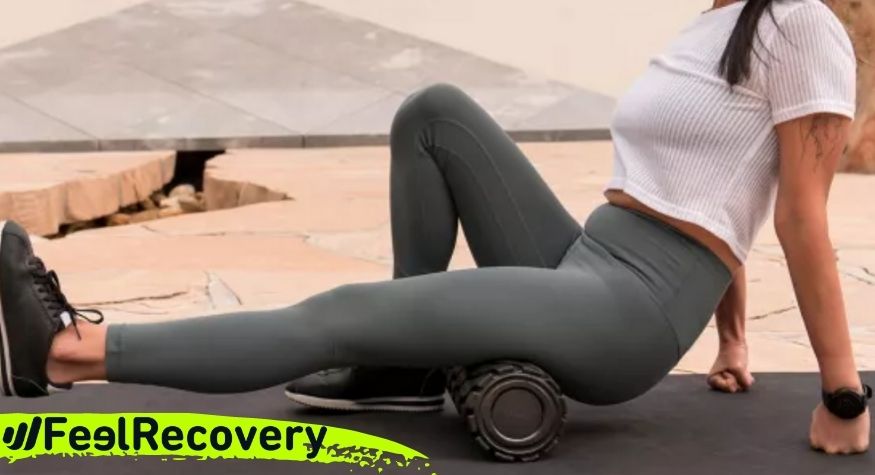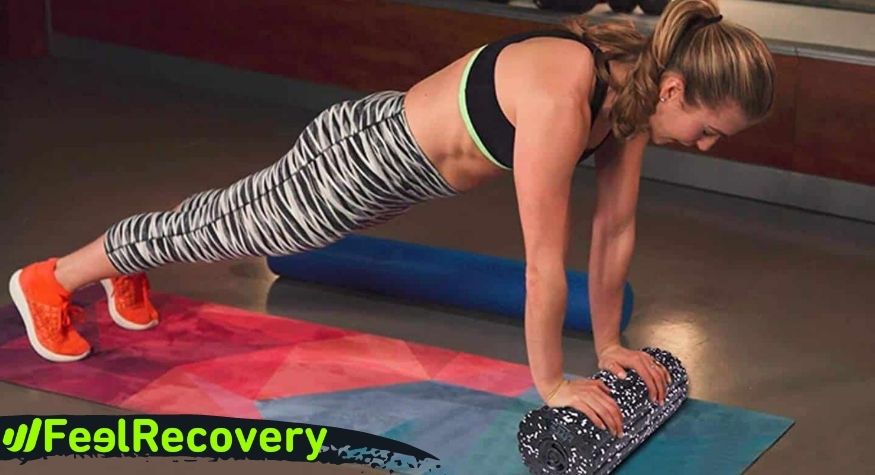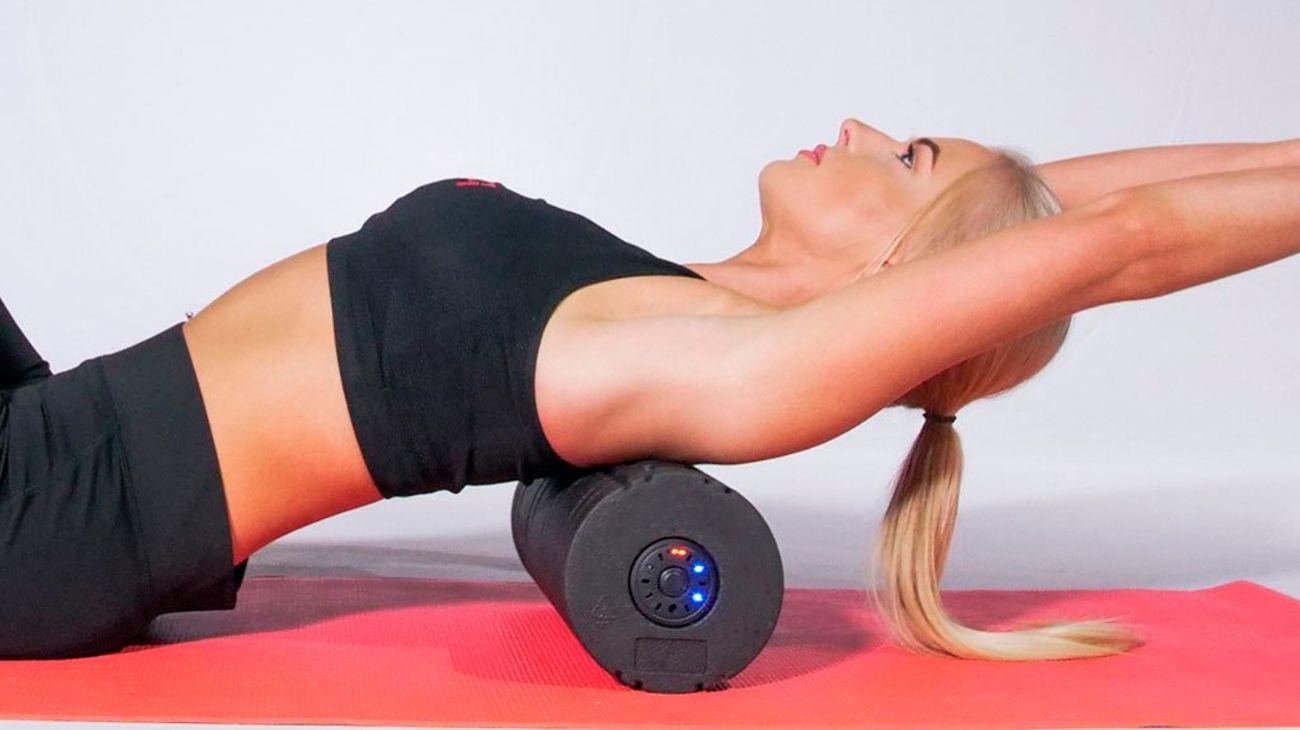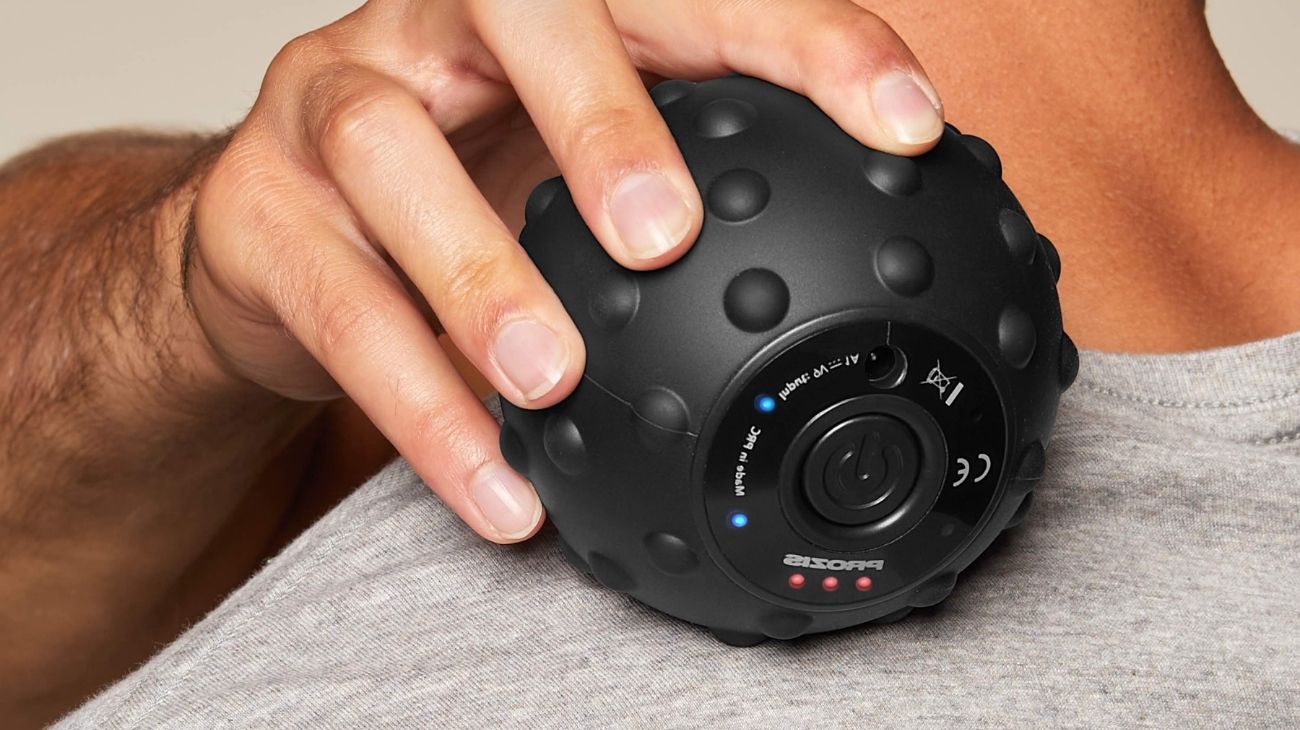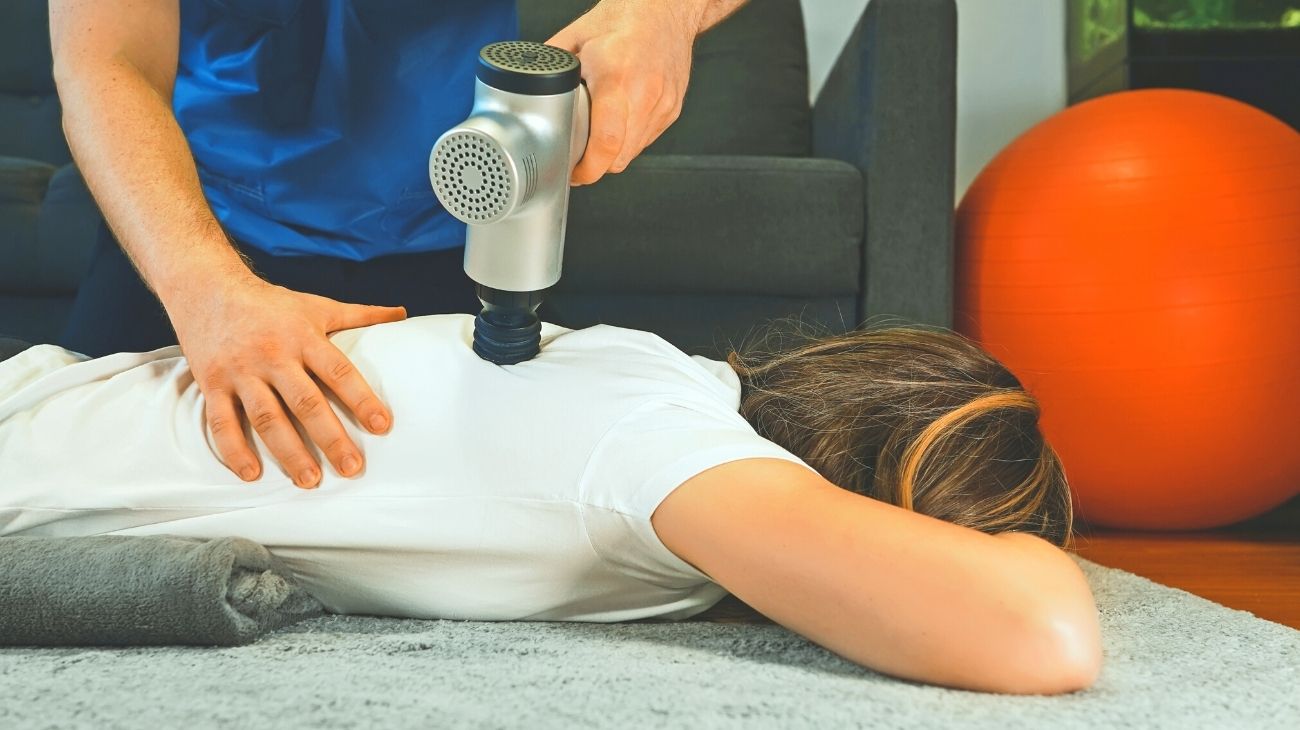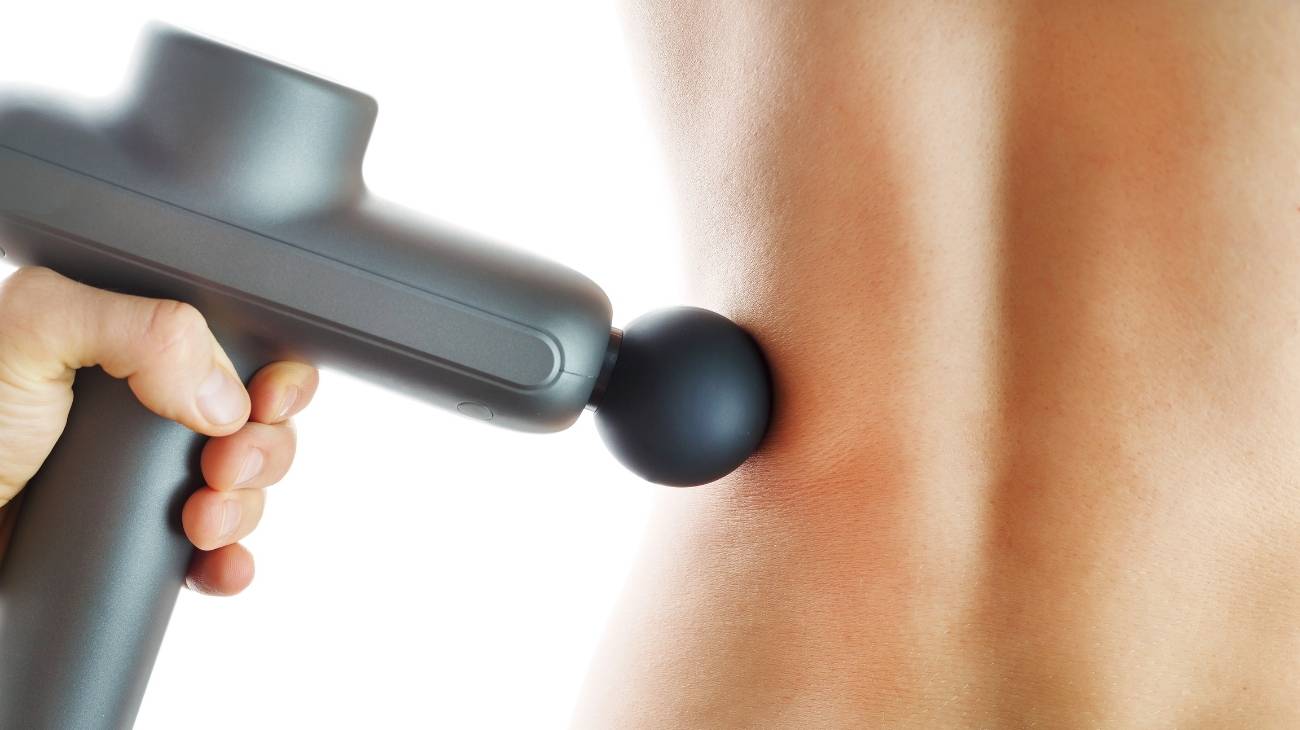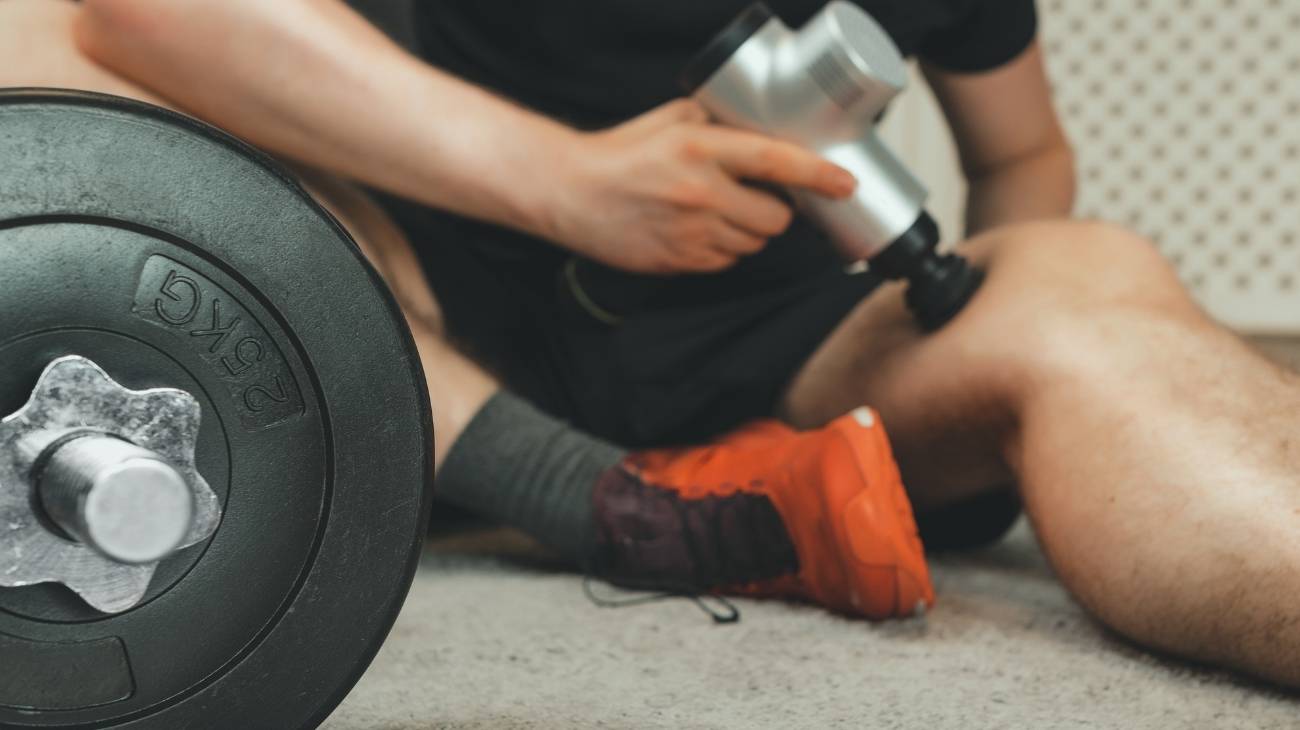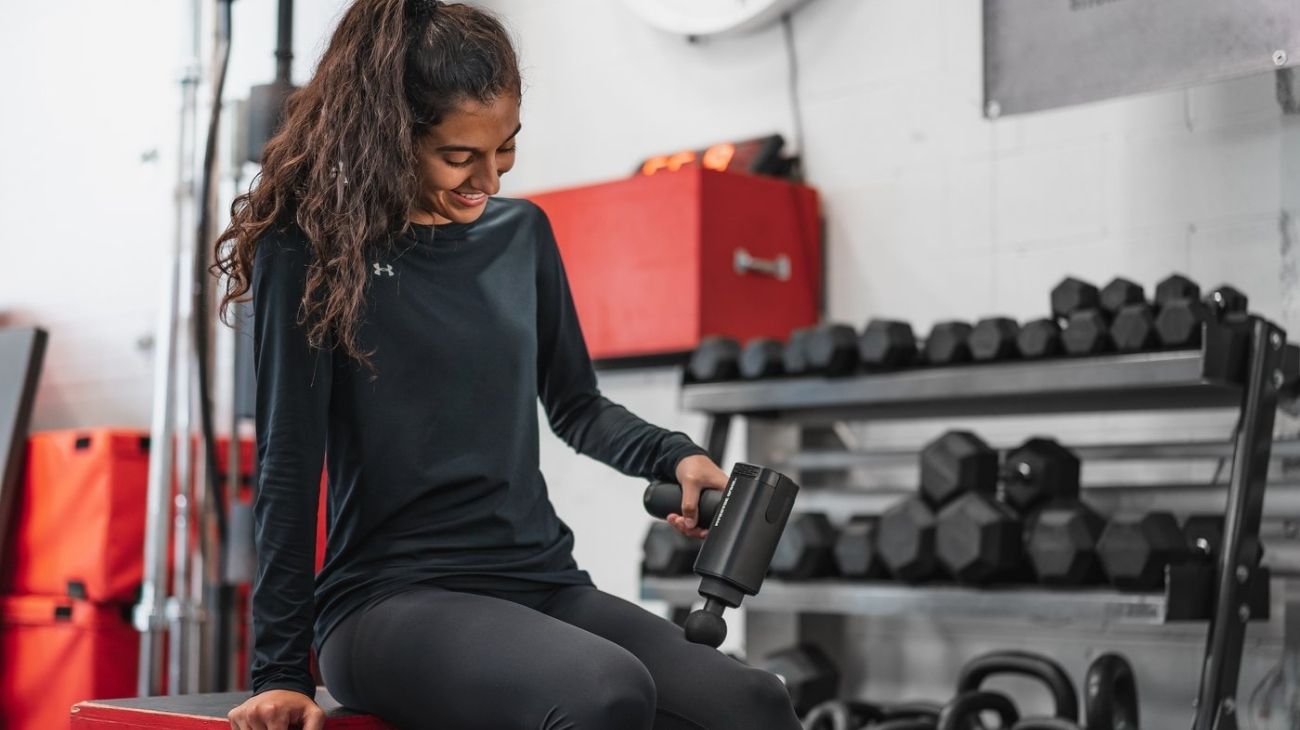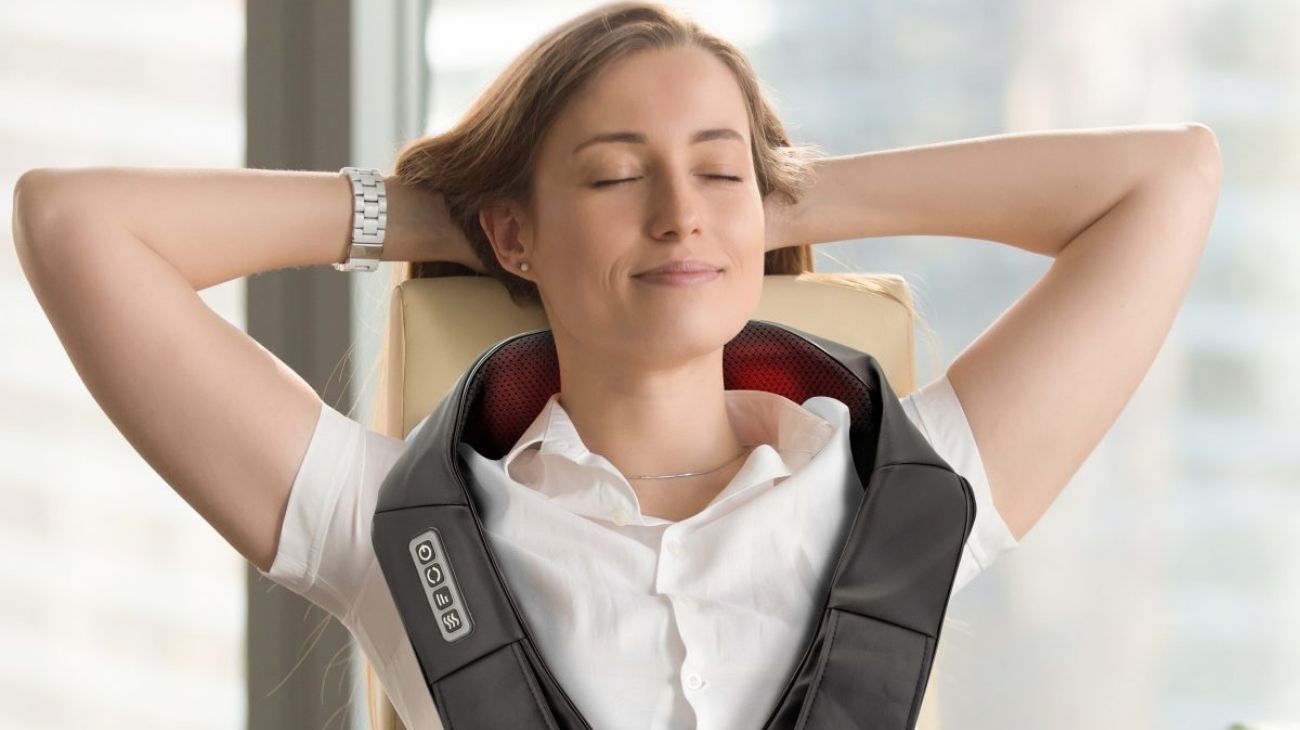- What kind of pains and injuries can be treated with vibrating massage rollers?
- How to use vibrating massage rollers to relieve aches and pains and speed up recovery from injuries?
- What kind of injuries should not be treated with a vibration massage roller?
- What are the benefits of using massage therapy for pain relief instead of drugs?
- What are the alternatives to vibrating massage rollers for pain relief?
As many muscle ailments are more related to tensions in the fascia, massage rollers are very effective tools to treat alterations in the elasticity of this tissue that covers every organ and muscle. Help protect the integrity of every part of the body with a good myofascial massage.
We will show you the types of pains and injuries that you can treat with the vibrating Foam Roller, on which parts of the body it is most effective and the types of injuries that you should not treat due to contraindications. Finally, you will find out which are the best alternatives for similar benefits.
What kind of pains and injuries can be treated with vibrating massage rollers?
Whether for sporting or work-related reasons, perhaps because of chronic injuries you have had, there are many ailments that can be relieved with the massage roller:
- Tendonitis: injuries of this type should not be treated immediately, but the use of the massage roller is recommended when you want to speed up recovery that has already taken several weeks to heal. The most common tendon injury is Achilles tendonitis, which is easily accessible for the Foam Roller.
- Painful shoulders: the combination of gliding and vibration, makes for less stiffness in the rotator cuff. Pain in the shoulder is due to contractures that must be treated with constant massage for lasting relief. Tendons and ligaments are protected when muscle function is adequate.
- Neck pain: to resolve cervical pain, you only need to turn on the product and allow the stimulations to reach the tissues near the vertebrae, which are also affected by muscle stiffness, but should not receive direct stimulation from the Foam Roller.
- Back pain: depending on the type of exercises, you may be able to relax the dorsal muscles of the back, which are sometimes difficult to access with this product. Back pain is one of the least common back complaints, and is more common in athletes in disciplines where strength is required.
- Lumbago or lumbar pain: people with lower back pain prefer the versatility of the massage roller to perform daily routines and keep the muscular structure of the lower back healthy. And because this product offers vibrations, it is a safe option for inexperienced users, with minimal indications for an effective massage.
- Sciatica: as this ailment will affect the integrity of the back, buttocks and legs, with a single session you can offer benefits to these three parts of the body where sciatica has an impact. By means of vibrations or gliding, you can obtain relief from the acute pain caused by this neural disease.
- Adhesions in the tissues: there are injuries, wounds and postoperative rest that require an internal and external healing process that is often not carried out correctly, then adhesions are formed, which are tissue unions that should not be fused in a natural way. The massage roller provides stretches to the skin and fascia that prevent this irregular healing process.
- Migraines: Often, the origin of migraines is not due to neural or chemical difficulties, but to muscle injuries in the neck and back. This is where the roller has a real pain relieving effect on the head. When you have a constant, throbbing headache, consider and evaluate whether stress processes have been leaving annoying tensions.
- Plantar fasciitis: the use of the roller on the feet is very simple and effective, you only need to step on the product and make smooth glides, thus releasing the fascia in the plantar arch and preventing this dense but sensitive tissue from being irritated by frequent overloading of work and body weight.
How to use vibrating massage rollers to relieve aches and pains and speed up recovery from injuries?
Accelerating muscular and myofascial recovery is what everyone wants, but this benefit is achieved when there is a correct technique of use and a time adjusted to each part of the body.
Type of massage
With the use of this unique stimulator device, you get several types of massages that will be useful to treat different ailments, all within your reach and with minimum conditions of use:
- Percussion massage: vibrations are within this type of therapy, but on a smaller scale because they are rhythmic and repeated movements that seek to relax the tissues in any part of the musculature and fascia.
- Myofascial massage: the fascia and the fibres are so connected that it is impossible to stimulate the fibres without positive effects on this tissue, which covers all the organs of the body. There are contractures in the fibres and tensions in the fascia, so both signs must be treated.
- Trigger point massage: in addition to gliding with this product, you can also apply pressure with the device on so that there is better stimulation of trigger points in parts of the body where the roller can access.
Vibration intensity
Each part of the body will require a different intensity of vibrations, so this type of product offers the possibility of adjusting the frequency and intensity of the movements, so there will be no risk of new injuries associated with the use of this product:
- Gentle vibrations: the parts of the body where it is advisable to start with low pressure and intensity are the neck, the soles of the feet, calves and forearms, as these are tissues and muscle groups that are more sensitive to touch.
- Intermediate vibrations: in areas such as the calves and arms, you can increase the vibrations to reach deeper trigger points, as long as you have tolerance. With the exception of the feet and neck, you can massage any part of the body with this intensity.
- Intense vibrations: ideal for hot spots on the back and legs, where the muscle groups are denser, stronger and deeper. This is the last phase of any massage session that aims to untangle the knots closest to the bone structure.
Time of use
- When the pressure and intensity is low, sessions can last up to 10 minutes without the need for breaks.
- Each muscle group can receive between one and two minutes of stimulation.
- In the most sensitive muscles, the vibrations should remain for 30 seconds.
- After each session, there should be a break of one hour.
- Repeat the entire session two or three times a day.
- It will always be advisable to offer a day's rest before continuing the massage.
Regularity of use
The main indicator of regularity will be your tolerance to pain and the discomfort you can endure. It should be clarified that this pain is "pleasant", as defined by specialists who tend to have the Foam Roller as a practical ally.
Exceeding the use of the product generates a motor overstimulation that usually affects muscle performance, so although you can use the Foam Roller daily, it is not recommended to last more than 15 days with stimulations.
What is less desirable is that the body has dependencies with this type of product, and it is feasible that this happens when you feel that you have a better performance only and exclusively when you massage with the roller.
What kind of injuries should not be treated with a vibration massage roller?
There are some types of pain that should not be treated with myofascial release massage, mainly not pain related to physical injuries:
- Pregnancy pain and discomfort, especially during the first three months.
- Chronic pain due to localised inflammation.
- Pain due to varicose areas and other chronic circulatory pathologies.
- Fracture, sprains and dislocations.
- Pain from open wounds.
- Severe pain due to serious injuries such as tears.
- Pain due to tumours.
- Pain due to acute rheumatism.
- Aneurysms.
What are the benefits of using massage therapy for pain relief instead of drugs?
Everything in excess is detrimental to health, even the use of drugs that are usually good for you, but addictions are created by the overuse of people who fail to measure the use of drugs to relieve chronic and permanent pain.
Whenever there are alternatives, such as myofascial massage, to treat injuries without having to resort to drugs, it is a better option for the body to have the opportunity to regenerate on its own, with the support of external chemical agents that can leave side effects.
What are the alternatives to vibrating massage rollers for pain relief?
As often the same ailment can be treated with different massage techniques, here is a list of the best products on the market, which you can find on our fitness website:
- Vibrating massage balls: perfectly sized to fit in the palm of your hand, they offer vibration massage that relaxes the superficial musculature and is great for reducing physical and mental stress in people who are constantly stressed.
- Roll On Massagers: similar to massage balls, but no additional routines are required to achieve the same benefits as the roller massagers in their vibration mode.
- Massage ball packs: come in various sizes and textures that allow people to massage professionally, with different tools to treat all parts of the body where there are muscle tensions.
- Massage hooks: these use the acupressure type of massage, like an acupuncture session, but without the use of needles. You only need the strength of your hands and the detection of tense areas to start massaging.
- Foot massagers: these use temperature changes and friction to make injuries such as plantar fasciitis temporary. With each use of this product, blood flow is increased, providing additional benefits to the circulatory system.
- Neck and shoulder massagers: Although focused on neck and shoulder relief, it is also useful for upper back and lower back relaxation. It uses friction and heat to get the blood flowing better and increase the amount of endorphins in the body.
- Percussion massage gun: these come in one design for professional use and another for more domestic applications. It uses gentle, targeted strokes on the tissues to block the work of the sensory receptors that send information to the brain and spinal cord.

